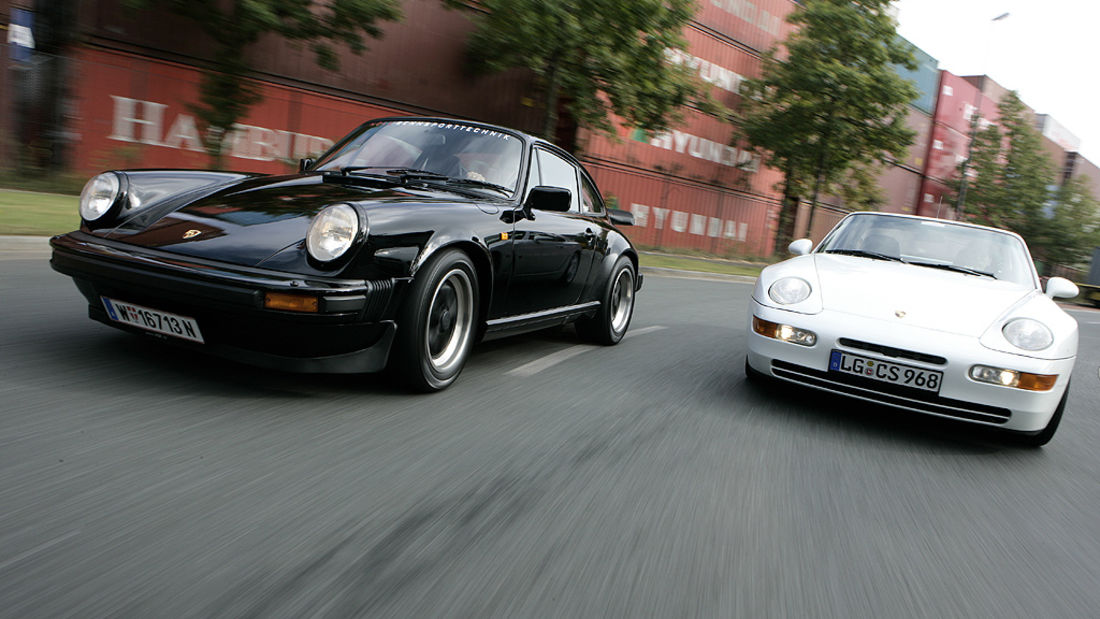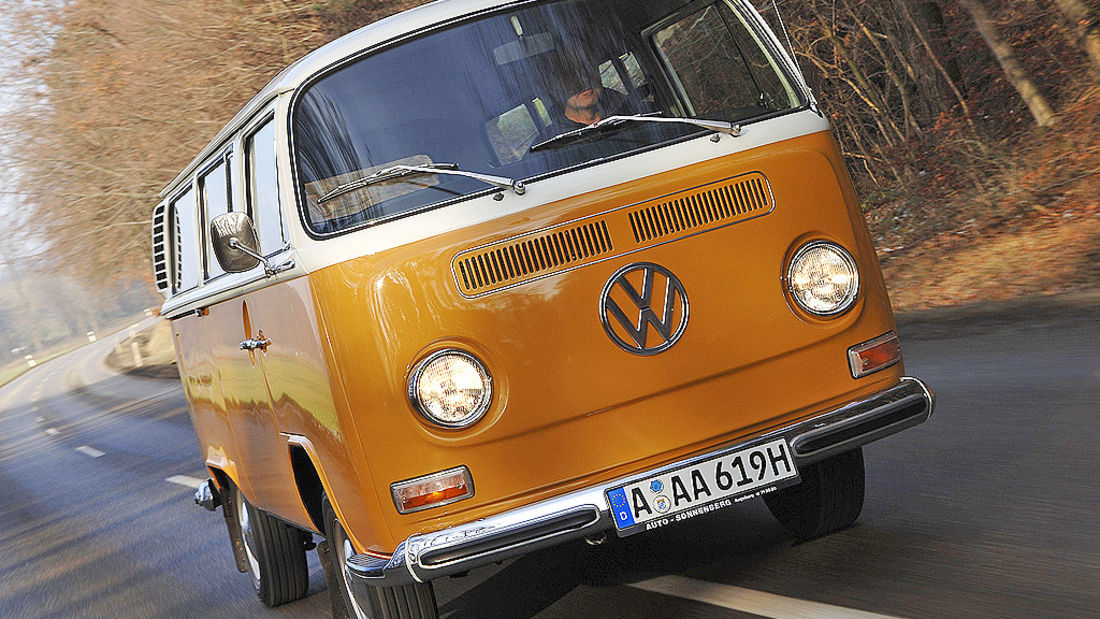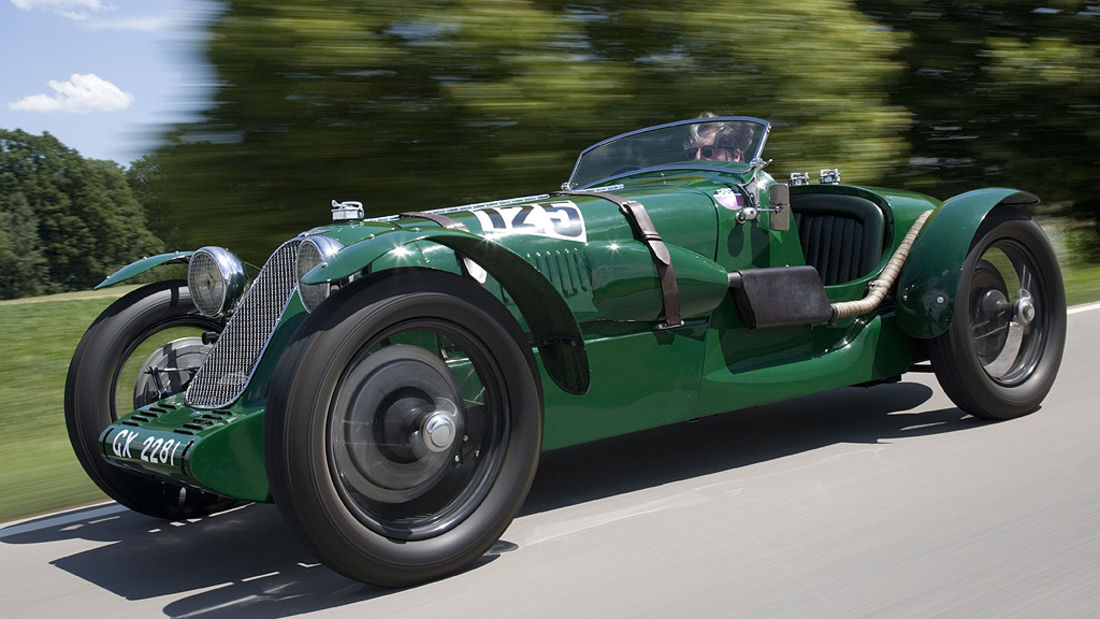 Oliver Rieger
Oliver Rieger Out and about in the P orsche 911 Carrera CS and Porsche 968 CS: In black In Elfer, the thunderstorm doesn't break out suddenly. The driver is attuned with a pre-thunder, up to 5,000 revolutions per minute. But then. The air-cooled six-cylinder continues to tour, nimble, the control unit locks 320 rpm later than in the series, only at 6,840 rpm; and until then the twenty-year-old Porsche 911 with the 231 hp will speak in a grimly tightened tone.
Barely-toothed boxer engine meets the largest four-cylinder of its time
Few reminds of that typical Porsche whistling of the fan wheel, accompanied by a discreetly robust throat clearing of its six combustion chambers. Suddenly the panting Jiff and Jaff of the hunting dog on a hot track can be heard, the 3.2-liter in the Porsche 911 Carrera CS bares its teeth acoustically, so to speak. And then he trumpets the signal to attack: Clear the way, here comes clubsport. The only difference to a seasoned parforce hunt is that the fox does not run in front of the hunter, but hangs behind it. As a Fuchs sports exhaust, which Porsche optionally supplied in 1987 as a club sport accessory.
The other instruments in the orchestra of the great blowing: the air mass meter of the 2.7-liter RS, as well as its manifold. Change. In the grandprix white Porsche 968 CS, built in 1994 , pulsates the thickest four-cylinder of its time, three liters in size and with a stroke of at least 88 millimeters. Two overhead camshafts, four valves per combustion chamber, two balance shafts. Water cooling, civilly damped exhaust system.
The gentleman among the coupés carries his six-speed transmission in transaxle design at the rear, interlocked with the axle drive. This results in an almost even weight distribution between the front and the rear. The Porsche 968 sings his song of acceleration CS two nuances more reserved than the Porsche 911 Carrera CS. It's something like a humming zoom, only more noticeable inside than in the perfectly muted series. While the twisted Elfer Clubsport sounds a few Phon nicer from the outsidethan in the cockpit, it is the other way around with the Porsche 968 CS. On the other hand, you don't necessarily need ear plugs on the long haul; They are recommended in the Porsche 911 Carrera CS.
Weight-Watchers visiting Porsche
How did these wonderful predators come about in the late 1980s and early 1990s? Porsche officially wanted to offer its sporty, ambitious customers a price-balanced opportunity to follow old family traditions: drive races and, if possible, win. Unofficially, the model series, which had been built since 1973, came to an end noticeably at the end of the eighties, with short-time work in Stuttgart-Zuffenhausen and even the assembly of the Mercedes 500 E. New Renner needed the country, and immediately.
Elaborate aerodynamic conversions or heavily doped engines drove up the cost prices painfully as ever. Lightweight construction, on the other hand, was cheaper even then - at least as long as the pounds could be saved by omitting them. Actually, it was about: To put a sportier, priced but braked 911 version on the table, especially for the USA. While more power only has a positive effect once, namely when accelerating, less weight has three advantages: when accelerating, braking and at higher cornering speeds, since the centrifugal forces are correspondingly lower.
Only 189 of the 911 CS Coupés were built
At that time, the Weight Watchers program at Porsche was consequently drifting towards the light clubsport version. From September 1987 to July 1989, 189 copies of the Porsche 911 Carrera CS Coupé, which had been sanded by almost 100 kilograms, were built - and a single Porsche 911 Targa CS, which is now considered lost and only came about at the request of a stubborn man from the industry came. Generous fans also add those 300 Kat versions with 217 hp for the US market, which book author Jörg Austen reports that they were registered with the engine codes 930/25 and 930/26, with a compression ratio of 9.5: 1 . But purists don't like to add American friends to the RoW-CS. At Porsche, RoW means Rest of World, which includes all countries on our planet except the USA.
One thing is certain: 190 real CS engines of the 930/20 series, 10.3: 1 compression, gave up in any case. In order to strip the standard Porsche 911 from its curb weight of 1,278 kilograms to 1,179 kg, Porsche went into the sometimes ludicrous detail: for example, clubs sport does not have a sun visor on the right, the door pockets are missing the covers, the sky is not insulated, and the wiring harness shows relieves himself as consumers such as electric exterior mirrors, air conditioning, fog lamps and central locking fell victim to the trim plan. The heating regulation between the seats was saved as well as the rear seats, the radio and the electric windows.
More money for less car - the bill works out
The galvanized floor panel of the Porsche 911 Carrera CS is only painted. Insulation foam and underbody protection? No way. Porsche also fine-tuned the six-cylinder boxer engine. The inlet valves are hollow, but not filled with sodium, and the lightest connecting rod and piston combinations from the standard range were also selected for the CS versions. The 320 /min plus, a secret number, lead to a slightly narrower red area on the tachometer scale, and the engine is suspended in harder bearings.
In the trunk of the Porsche 911 Carrera CS, an aluminum spare wheel is waiting to be used, and the fuel tank is almost naked in the paint, without the usual plastic coating. The chassis manages with the normal brake. The Porsche 911 Carrera CS is 20 millimeters lower than the series, is equipped with Bilstein shock absorbers and drives its rear wheels via a 40 percent limited-slip differential. The seats were, it would be said today, a hybrid solution, as their surfaces come from the series, but the light backrests from the sports seat range. The steering wheel of the Porsche 911 Carrera CS sits on a hub that is 30 millimeters lower and the gearshift travel has been shortened. Only the six-speed gearbox remained as standard.
The 968 CS shed 50 kilos
Three years after the construction of the trained Porsche 911 Carrera CS, Porsche cooked the 968 using the same recipe. A hundredweight had to be saved. First the rear seats flew out, then superfluous comfort extras such as central locking, electric exterior mirrors or the radio.
The window lifters on the Porsche 968 CS want to be cranked, and the electric tailgate lock was omitted, as was the heavier center console, which now only contains a flat compartment. The perspiring sports driver looks in vain for air conditioning. In the trunk, only a steel spare wheel crouches under the cover, while the roll bar from Matter, which can be installed on request, signals that the roof remains outside, even if it has occasionally swapped the top and bottom position with the wheels. The body of the Porsche 968 CS is 15 millimeters lower than the series, Bilstein dampers and a larger front brake (disc diameter 322 instead of 302 millimeters) are part of the M 030 sports package. The rear brake discs remain the same at 298 millimeters in diameter.
When the plant offered the Porsche 911 Carrera Clubsport in 1987, the scoffers joked that only Porsche managed to get more money for less car. At 80,500 marks, the Porsche 911 Carrera 3.2 CS costs exactly 4,000 marks more than the more comfortable series coupé. Much more expensive, however: the 944 Turbo S with 99,800 and the 911 Turbo with 131,000 marks.
The 968 Clubsport was - and is - a special offer
In contrast, the Porsche 968 CS became a special offer in 1992: for 77,500 marks, the customer was far from getting itThe 968 equipped as standard, which required 94,790 marks. Today the Clubsport versions of the 911 are rare stars in the sports car sky, just because of their small number of production. Surprisingly, they do not yet seem overly expensive: If a Porsche 911 Carrera CS is offered, more than 50,000 to 60,000 euros are rarely charged. The 968, which was produced 1,538 times between October 1992 and July 1995, is the real bargain: For 20,000 to 35,000 euros, very useful specimens are actually still traded. The existing sporty qualities of the four-cylinder seem to be only just coming into focus in the scene; They are still viewed with slight suspicion by outsiders.
If you are waiting for a tip as to which classic car is probably really worth putting away today, here it is: Porsche 968 CS. The club sport couple presented here is typical in many of their areas of life - technically anyway, but also human. With the colors black and white, it not only bears the tingling promise of the checkered flag visually, it sometimes also carries its two owners into the natural habitat of the CS versions: onto the slopes. At club events, for example, Christoph Gralla, 40, has his Porsche 968 CS swiped through the pylons at the stop. 'The car,' he says, 'is just unbelievable fun. The engine has fantastic torque of 305 Newton meters at 4,100 rpm, even more than the larger-capacity 911, the steering is super precise, and I've never had the big brake Let down. To shred yourself on the Nordschleife or at an airfield on Sundays with a few other guys from the Porsche Club, that's quality of life. '
The Viennese-born Lelio Arlt, 35, basically sees it the same way, but on a dust-free level. In the trunk of the night-black Porsche 911 Carrera CS, a colorful mop named Swiffer always travels as a little helper. 'When I hold it, I sometimes wipe dust on the body,' says Arlt, outlining how to use the beloved sports equipment. 'And after a simple exit, the Porsche 911 Carrera CS is washed from above. Heavier journeys also mean washing the underbody, and when we have been to the racetrack, the CS is lightly waxed again after being completely cleaned.' However, the 911 does not slide under a dust-free rock crystal fall. Arlt likes to let him off the leash just as much as his friend Christoph likes to let the Porsche 968 CS: 'I once read that he has the same talent as a late Marlene Dietrich or Marika Rökk - a bit old, but all the more fiery and far from old Iron.' You agree to it in fifth gear at the latest.












